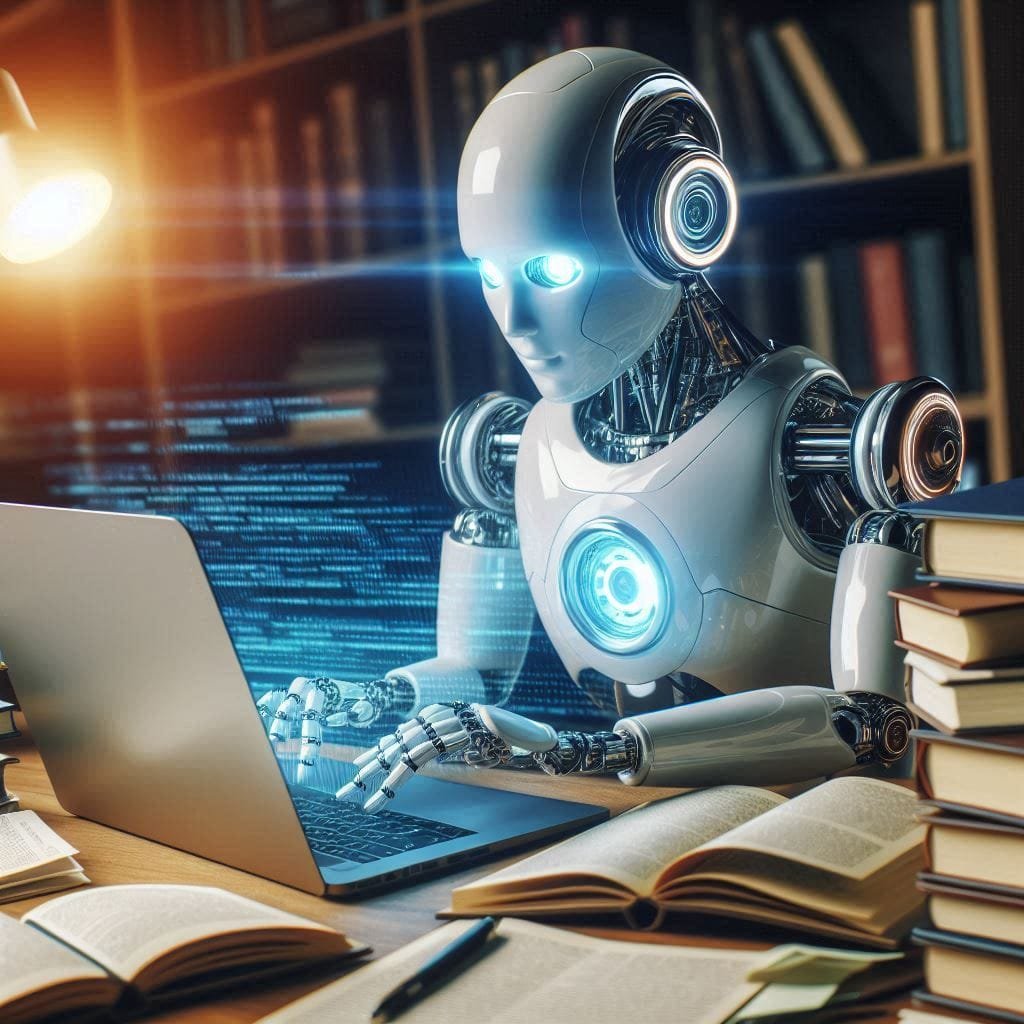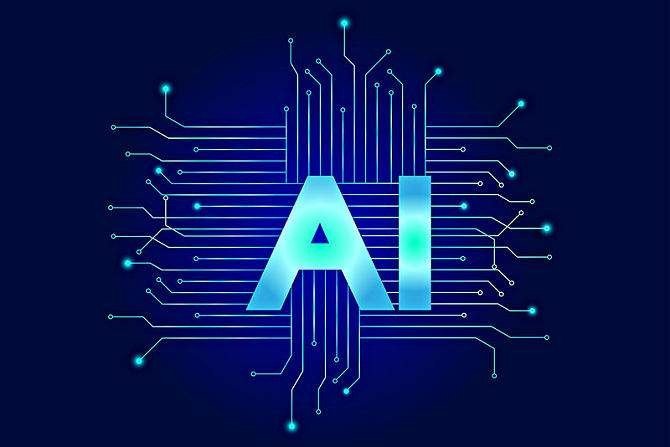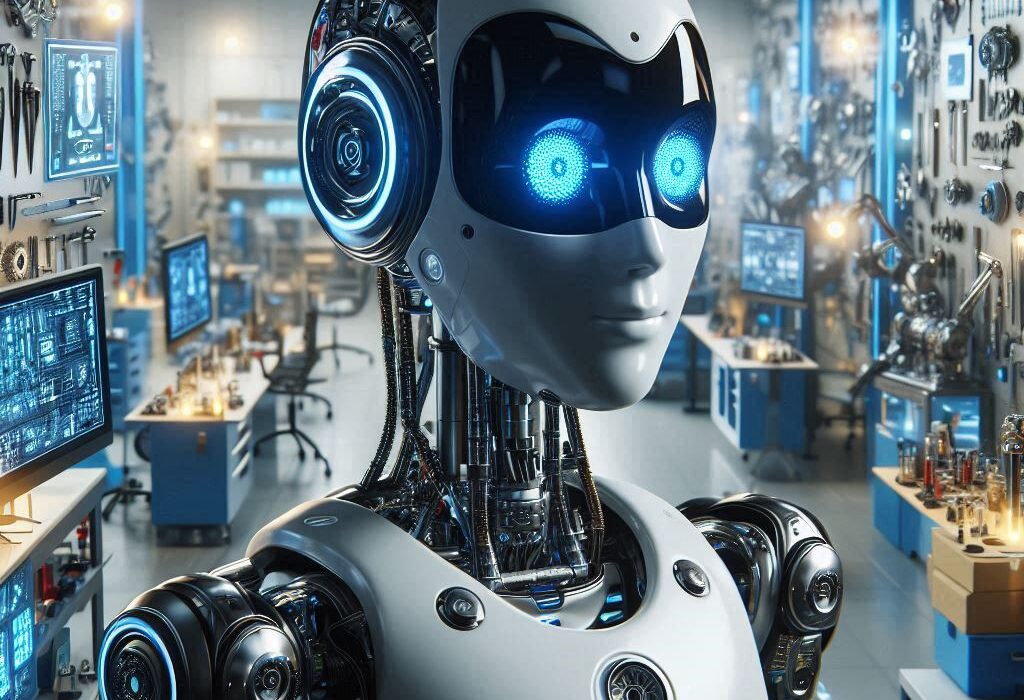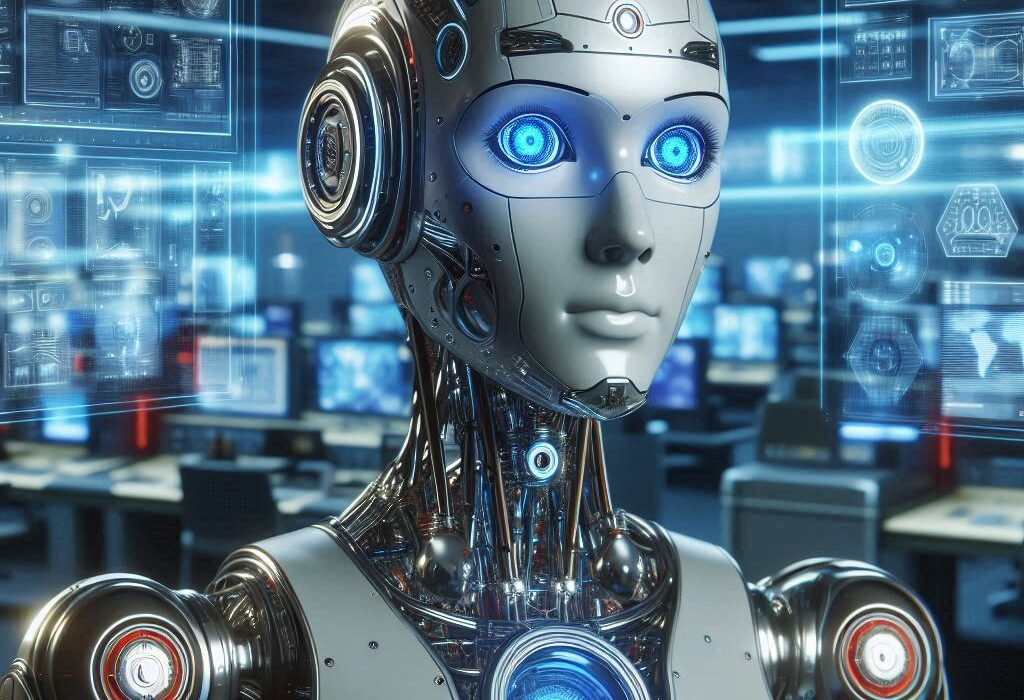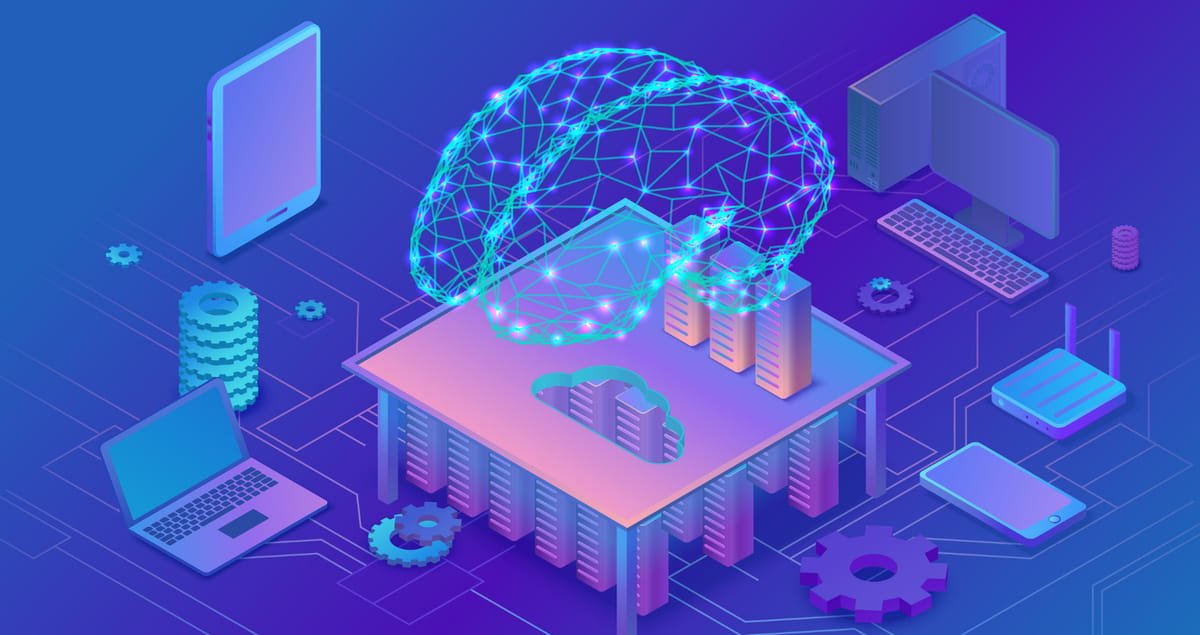There was a time when storytelling was seen as the last bastion of human creativity, the sacred ground where emotion, intuition, and imagination danced freely—untouched by machines. It was a domain where Shakespeare, Hemingway, and Morrison painted with words, drawing on lifetimes of experience and deep wells of emotion. But something curious has begun to stir in the digital world.
Today, artificial intelligence can craft poems, write news articles, spin fairytales, and even script entire novels. It can imitate the styles of Dickens or Dr. Seuss, or create something altogether new. These stories, in many cases, are so convincingly human-like that readers often can’t tell the difference. Some are moved. Others are unnerved. All are asking the same question: How is this possible?
The answer is a tapestry woven from the threads of mathematics, data, and cognitive science—a convergence of linguistics and learning, mimicry and modeling. And at the heart of it all lies a simple, powerful concept: patterns.
The Language of Prediction
At its core, every story is a sequence of words, each chosen based on the one before. While humans write stories by drawing from memory, emotion, and purpose, machines do something surprisingly similar—but through a radically different mechanism.
Modern AI writing tools, especially those based on large language models like OpenAI’s GPT (Generative Pre-trained Transformer), are trained not on grammar rules or literary theory, but on probabilities. They ingest vast amounts of text—books, articles, web pages—and learn to predict the next word in a sentence based on the words that came before.
This may sound mechanical, but consider this: when you type “Once upon a,” your brain might automatically supply “time.” That’s prediction. AI learns to do this too—but with the power of billions of examples and thousands of layers of computational depth.
The process begins with tokenization, breaking down sentences into tiny chunks—words or even sub-words. Then, using a mathematical structure called a transformer, the model learns to weigh the relationships between these tokens. Attention mechanisms allow it to focus on relevant parts of a sentence, just like a human paying more attention to emotionally charged or thematically important words.
When a model like GPT writes, it doesn’t plan ahead the way a human might. It generates text one word at a time, each chosen based on an intricate web of probabilities that reflect patterns it has seen before. And yet, astonishingly, it can hold plotlines together, maintain character voices, and build tension or humor.
This predictive capability is not unlike the way a jazz musician improvises, choosing each note based on the last, within the constraints of a key and rhythm. The result, when tuned correctly, is art.
Learning Without Understanding
One of the most debated aspects of AI-generated writing is this: does the machine “understand” what it’s saying?
The scientific answer, for now, is no—not in the way humans understand. AI lacks consciousness, self-awareness, and emotion. It doesn’t know love or loss or irony. It doesn’t grieve or rejoice. What it does is simulate language with staggering accuracy, drawing on statistical correlations learned during training.
This is sometimes referred to as “synthetic language competence.” The model appears to understand because it produces coherent and meaningful text, but its understanding is shallow, built on correlation rather than comprehension.
For example, a language model may generate a story about a mother losing a child, using the right emotional cues and evocative imagery. But it does not feel sorrow. It merely mimics the language patterns humans use when expressing sorrow. That mimicry, though, can be so detailed and nuanced that it passes for empathy—at least on the page.
This tension—between appearance and essence—is central to the debate about AI creativity. Is mimicry enough? Can something that does not feel, still tell stories that move us?
Where Data Becomes Creativity
The secret sauce behind these machines is scale. A human writer reads hundreds of books in a lifetime. An AI model like GPT-4 is trained on hundreds of gigabytes of text—encompassing billions of words from nearly every genre and domain imaginable.
This data isn’t just quantity. It’s diversity. The model learns how politicians speak, how lovers argue, how villains monologue, how toddlers babble. It sees stories from ancient myths to modern memes, from scientific essays to fan fiction. In that vast sea of human expression, it finds recurring structures—narrative arcs, dialogue rhythms, character types.
Crucially, it doesn’t just memorize. Through a process called backpropagation and gradient descent, the model adjusts the millions (or billions) of internal weights that determine how it predicts language. These weights capture relationships between words, phrases, concepts—even abstract ideas like justice or betrayal.
This is what allows AI not just to repeat, but to remix. Given a prompt like “Write a detective story set on Mars,” it doesn’t reach into a database and retrieve a canned response. It constructs a new story in real time, drawing on its internalized web of associations.
In this way, AI creativity resembles collage. It’s the reassembly of learned elements into something novel. While not born from emotion, the result can still be compelling—and sometimes astonishingly original.
The Rise of Co-Authorship
The implications of AI-written stories ripple beyond novelty. Increasingly, writers are using AI not as a replacement, but as a partner.
Screenwriters use AI to brainstorm plot twists. Novelists use it to overcome writer’s block. Journalists use it to summarize reports. Students use it to craft essays—sometimes ethically, sometimes not.
In all these cases, the line between human and machine creativity blurs. A single sentence might be a human idea improved by AI suggestion, or an AI output refined by human intuition. The storytelling process becomes dialogic, a kind of duet.
This co-authorship opens new creative possibilities. A writer can ask the AI to describe a scene in the style of Virginia Woolf, or rewrite dialogue as Quentin Tarantino might. They can generate 20 endings for a story and choose the most powerful one. They can test alternate timelines, characters, voices.
Far from stifling creativity, many artists report feeling more liberated. AI gives them tools to explore faster, to fail more cheaply, to discover directions they might never have considered alone.
Still, this partnership also invites hard questions. Who owns the final product? What happens to originality when every story is part machine-generated synthesis? Does creativity lose value when it’s easy?
Bias, Limits, and Hallucinations
AI’s storytelling superpower comes with serious caveats.
Because models are trained on human language, they inherit human biases. Racism, sexism, cultural stereotypes—all can appear in AI-generated stories, often subtly. A machine might always make the villain a foreigner or describe beauty in Eurocentric terms, reflecting the dominant patterns in its training data.
Developers try to mitigate this with filters and reinforcement learning from human feedback, but no system is perfect. Bias, like language itself, is deeply encoded.
Another issue is hallucination. AI models sometimes make things up—confidently. A story might include imaginary cities, non-existent scientific facts, or false historical events. This happens because the model is optimizing for fluency, not truth.
In creative writing, this can be a feature—AI can invent imaginary worlds with rich detail. But in journalism or education, it’s a liability.
Then there’s the question of limits. While AI can generate prose that sounds human, it still struggles with deep structure. It can lose track of characters or timelines in long texts. It might introduce a subplot and never resolve it. Despite recent improvements, maintaining coherence over thousands of words remains a challenge.
These flaws are reminders: the machine is not magic. It is mathematics in motion, a dance of probabilities, elegant but fallible.
What Makes a Story Human?
In evaluating AI writing, we often circle back to a deeper question: what gives a story soul?
Is it the raw language—the choice of words, the rhythm of sentences? If so, AI is already there, or nearly so.
Or is it the intent behind the words? The longing to be understood, the echo of personal truth? Here, machines fall short. They have no lives, no dreams, no memory of heartbreak or triumph. They simulate, with dazzling finesse, but do not feel.
And yet, readers sometimes cry over AI-written poems or laugh at AI-generated jokes. If a story moves us, does it matter who—or what—wrote it?
This paradox is at the heart of the AI writing revolution. It challenges not just our understanding of machines, but our understanding of ourselves.
The Future of Synthetic Storytelling
As AI models continue to evolve, their writing will grow even more sophisticated. Already, researchers are working on systems that can maintain multi-chapter narratives, generate consistent character arcs, and even model psychological depth.
There are prototypes that blend symbolic reasoning with language prediction, giving AI a more structured form of understanding. Others incorporate emotional modeling, allowing AI to simulate not just language, but the emotional dynamics within a story.
Some experiments go even further—building AI that collaborates in real time with human players in role-playing games, adapting the story based on player choices and emotional cues.
The lines between fiction, game, and simulation are dissolving. AI is not just telling stories; it is becoming an interactive narrator, a responsive dungeon master, a co-creator of immersive worlds.
This has implications not only for entertainment, but for therapy, education, and even memory. Imagine an AI that helps dementia patients reconstruct their personal histories, or one that simulates conversations with long-lost loved ones.
As always, the technology is a mirror. It reflects our desires, our fears, our capacity to dream.
Conclusion: Echoes from the Machine
In the end, AI writing is not the story of machines replacing humans. It is the story of machines learning our language—our most intimate code—and beginning to speak it back to us.
Whether that echo is hollow or profound depends on how we use it.
AI can write bedtime stories, legal briefs, or love letters. It can amuse, inform, or disturb. But behind every output is a human prompt, a spark of intent. The machine responds. It does not initiate.
Perhaps that’s the final difference. We tell stories to understand ourselves. Machines tell stories because we ask them to. They imitate the map, but do not walk the journey.
And yet, when the words are just right, when the pattern is perfect, something strange happens. We forget, if only for a moment, who wrote the story. We fall into the rhythm, the world, the spell.
And in that moment, human and machine merge—not in flesh, but in imagination.
